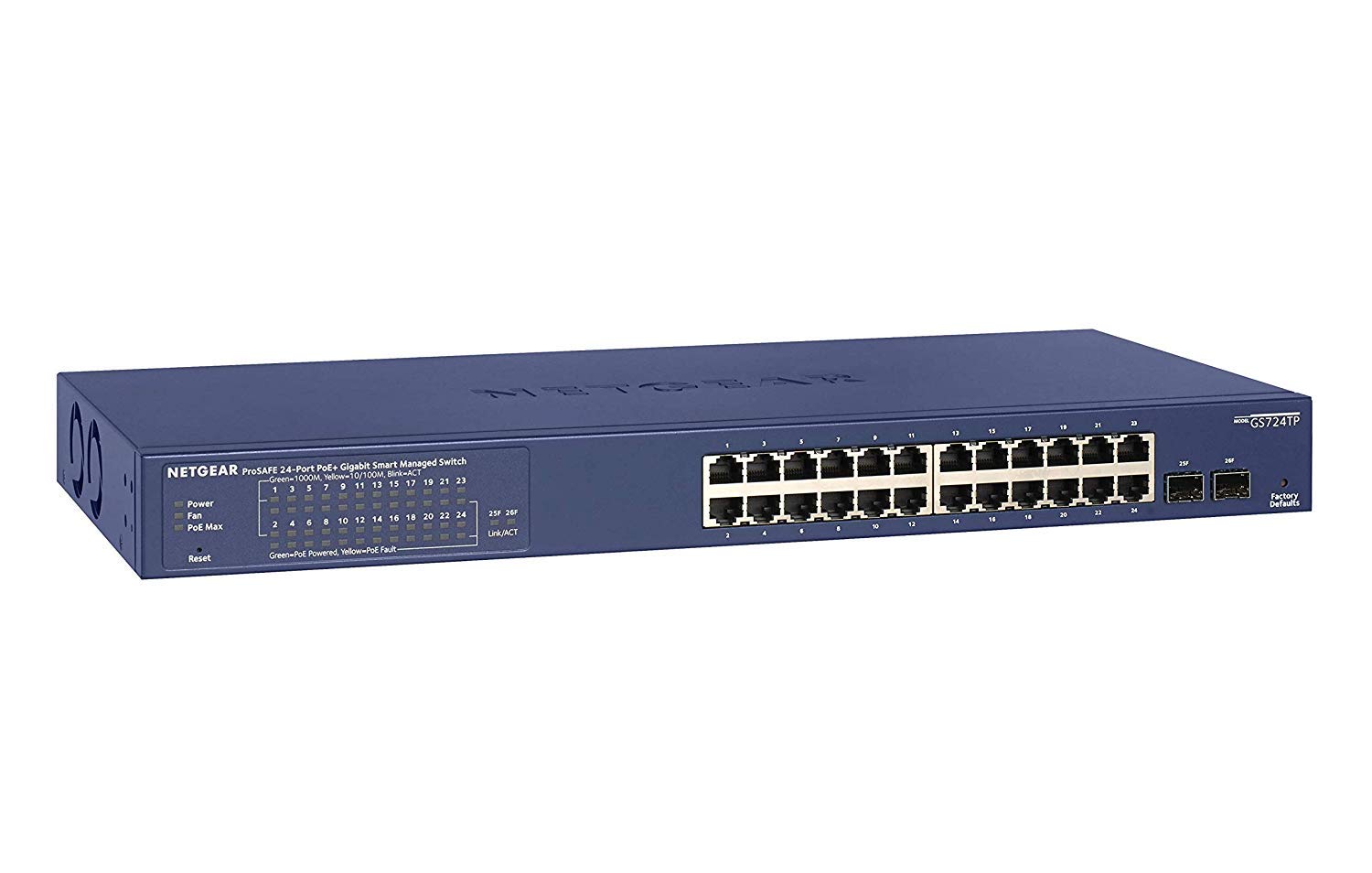PoE switches, or Power-over-Ethernet switches, are networking devices that deliver power and data over the same cable. These switches provide a reliable way to power high wattage devices in applications like security surveillance, access control, and smart city infrastructure. The 24V PoE switch is one such device that is ideally suited for smart bus applications. In this blog post, we will take a closer look at the 24V PoE switch and its many benefits for smart bus applications. We’ll also take a look at some tips for choosing the right 24V PoE switch for your needs. So let’s jump right in!
What is a PoE Switch?
A Power over Ethernet (PoE) Switch is a networking device that has the ability to pass electrical power along with data on Ethernet cabling. This allows devices that require power, such as IP cameras or WiFi access points, to be powered without the need for a separate power connection. PoE Switches are available in a variety of sizes and port counts to suit different network requirements.
How Does a PoE Switch Work?
A PoE switch is a type of Ethernet switch that has the ability to provide power to devices over the Ethernet cable. This is done by using special pins in the Ethernet port that are used to deliver power, as well as data. The PoE switch allows for devices such as IP cameras, VoIP phones, and wireless access points to be powered without the need for a separate power source. This can make installation of these devices much easier, as only a single cable needs to be run to each device.
PoE switches come in a variety of sizes and port counts. Some models also have additional features such asPoE+ which provides more power than standard PoE, or support for fiber optic cables. When choosing a PoE switch, it is important to make sure that it meets the requirements of your specific application.
Types of PoE Switches
There are three types of PoE switches: Basic, Enhanced, and Midspan.
Basic PoE switches are the most common and they support up to four devices. They’re typically used in homes and small businesses. Enhanced PoE switches are more expensive but they offer support for more devices and higher data rates. Midspan PoE switches are used to inject power into Ethernet cables without using dedicated power lines.
Conclusion
The 24V PoE switch can be a great addition to any smart bus application as it offers more flexibility and scalability. It also provides greater power efficiency and reliability compared to traditional switches, making it ideal for mission-critical applications where uptime is essential. Additionally, the 24V PoE switch helps reduce cabling requirements and costs by allowing multiple devices to share one network connection, which in turn reduces installation time and eases maintenance burden. All of these benefits make this technology a great choice for any smart bus application.





I learned from this blog post about the 24V PoE switch and its benefits for smart bus applications. A 24V PoE switch is a device that can provide power and data to other devices over a single Ethernet cable.
Group Health Insurance Services in Anaheim Hill CA
jsvmp hello my website is jsvmp
Đức Giáo hello my website is Đức Giáo
mazda 777 hello my website is mazda 777
pastijp login hello my website is pastijp login
bailey songs hello my website is bailey songs
formasi 5-3-2 hello my website is formasi 5-3-2
first asia hello my website is first asia
adalah contoh hello my website is adalah contoh
ugdp full hello my website is ugdp full
I usedd too be able to find good addvice frdom your blog
posts.